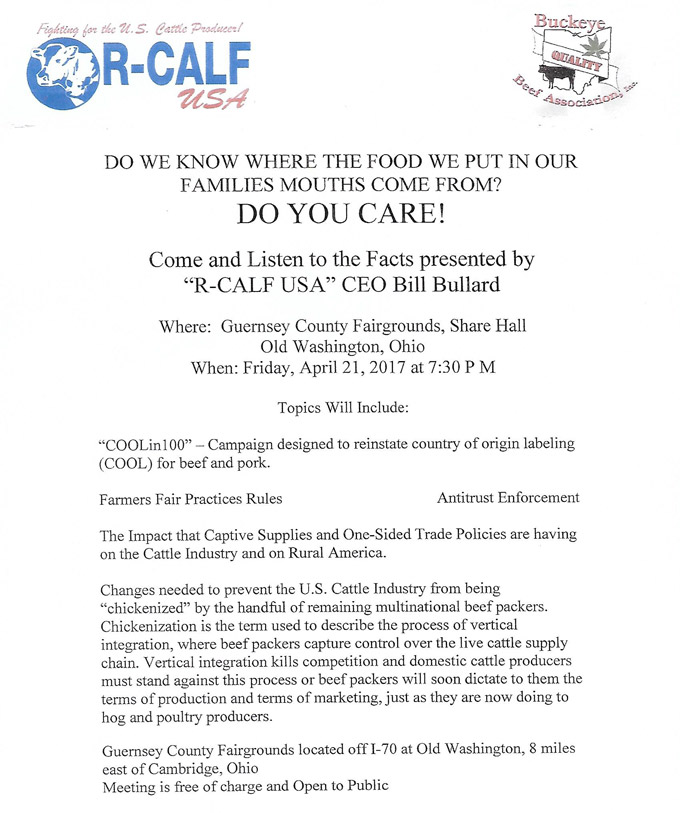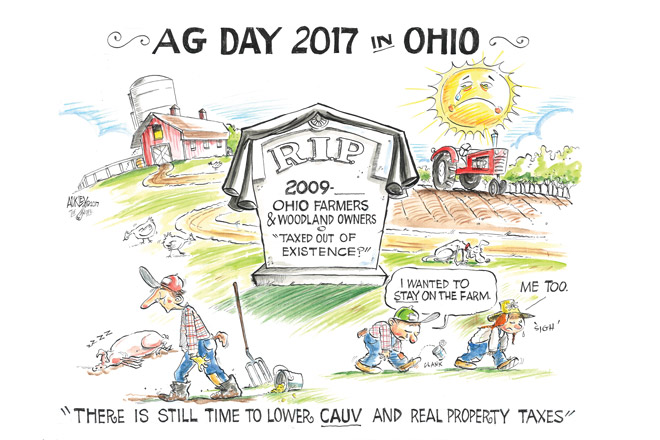Ohio Applicator Forecast will help Buckeye State farmers improve water quality
The Ohio Department of Agriculture (ODA) has the Ohio Applicator Forecast, an online tool to help nutrient applicators identify times when the potential nutrient loss from a fertilizer or manure application is low.
The Ohio Applicator Forecast takes data from the National Weather Service, predicting potential for runoff to occur in a given area. The forecast takes snow accumulation and melt, soil moisture content and forecast precipitation and temperatures into account, giving farmers substantial information when they are making nutrient application decisions.
“The National Weather Service is excited to work with Ohio in their efforts to help farmers reduce nutrient runoff across the Midwest,” said Brian Astifan, the Development and Operations Hydrologist with the National Weather Service Ohio River Forecast Center in Wilmington, Ohio. “We believe Ohio’s partnership with several federal agencies and educational institutions to develop this decision-support tool will benefit farmers and ultimately work towards improving Ohio’s water quality.”
To learn more about the Ohio Applicator Forecast, visit http://agri.ohio.gov/divs/plant/OhioApplicatorForecast/oaf.aspx.
 For the past several years farmers in Ohio have seen skyrocketing farmland property tax increases – that could be coming to an end with Ohio’s next state budget.
For the past several years farmers in Ohio have seen skyrocketing farmland property tax increases – that could be coming to an end with Ohio’s next state budget.
 SW Ohio? On April 22 at 10 a.m. think about attending the March for Science: Cincinnati.
SW Ohio? On April 22 at 10 a.m. think about attending the March for Science: Cincinnati.


